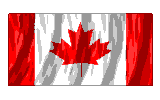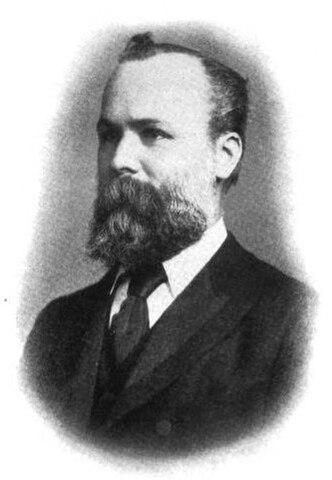2011 – Cosmonautics Day! The 65th session of the United Nations declared April 12 as the International Day of Human Space Flight, commemorating Gagarin’s historic flight made on 12 April 1961 by the 27-year-old Soviet Russian cosmonaut Yuri Gagarin.
2002 – Sean O’Keefe, new NASA Administrator outlines his
strategic vision for the agency’s future and announces the return of the Teacher In Space Program cancelled after the Challenger disaster in 1986, STS-51L. Barbara Morgan, who had trained side-by-side with Christa McAuliffe and the Challenger crew, will continue the mission and become the first Education Mission Specialist in space in 2004.
To improve life here,
To extend life to there,
To find life beyond
The NASA mission is:
To understand and protect our home planet
To explore the Universe and search for life
To inspire the next generation of explorers – Sean O’keefe

1985 – Space Shuttle Discovery launches on STS-51D to deploy two communications satellites including  Canadian Anik-C1
Canadian Anik-C1

1981 – Space Shuttle Era Begins – 7:00:03 a.m, EST. Launch of STS-1 Columbia, three seconds late. Postponed from April 10. John Young, Commander and Robert Crippen, pilot orbit the earth 37 times in two days before returning home. Primary mission objectives of the maiden flight were to check out the overall Shuttle system, accomplish a safe ascent into orbit and to return to Earth for a safe landing. Duration: 2 Days, 6 hours, 20 min, 53 seconds. Distance: 1,074,567 miles.
Retro: https://www.nasa.gov/history/40-years-ago-columbia-takes-flight/
1979 – Landing of Soyuz 33 – Ivanov, Georgi, Rukavishnikov. Coming home from Salyut 6.
1961 – The first man in space. (Russian astronaut (major) –
Yury Alekseyevich Gagarin orbited the Earth only once aboard
Vostok 1. Born near Smolensk. The flight, in Vostok 1, (Vostok means “East” in Russian), lasted 1 hr 48 min, on an elliptical course having an apogee of 327 km (203 mi) and a perigee of 180 km (112 mi). In 1968 Gagarin was killed in the crash of a test airplane.

1849 – Annible de Gasparis‘ Discovery of Asteroid Hygiea
1817 – Death, at the age of 86, of Charles Messier of France, most noted for publishing an astronomical catalogue of deep sky objects, which came to be known as Messier objects. He also discovered 13 comets.
Birthdays

1937 – Igor Petrovich Volk was a Russian test pilot and former Soviet cosmonaut in the Buran programme. Air Force Group 5 Time in space: 11d 19h 14min, Soyuz T-12 (d. 3 January 2017)

1851 – Edward Walter Maunder, English astronomer and author who studied sunspots and the solar magnetic cycle. (d. 21 March 1928)